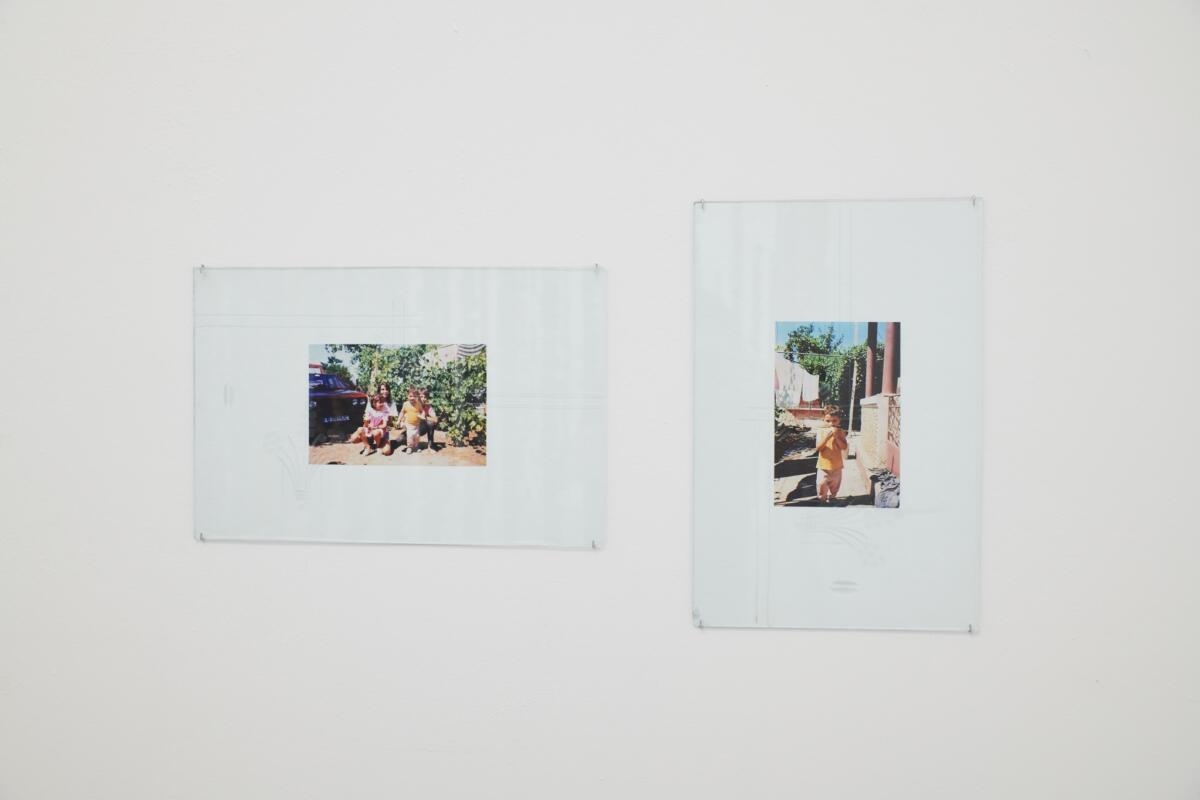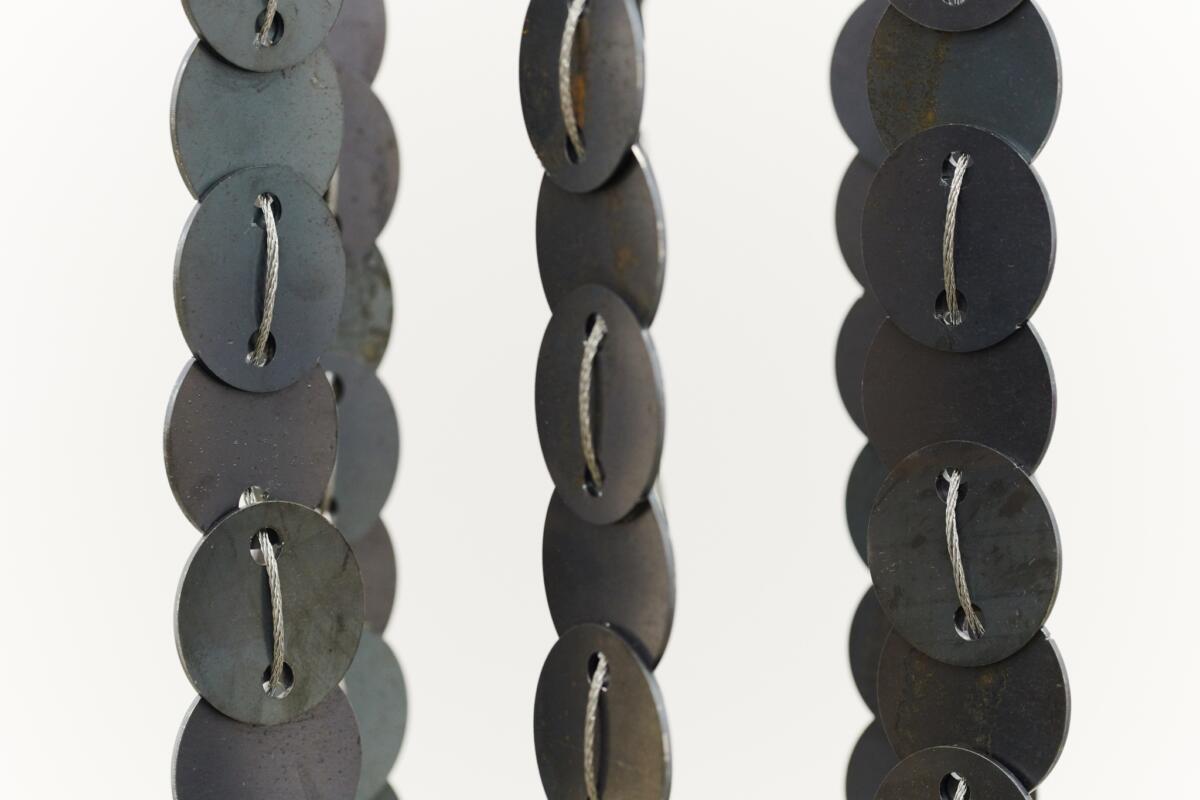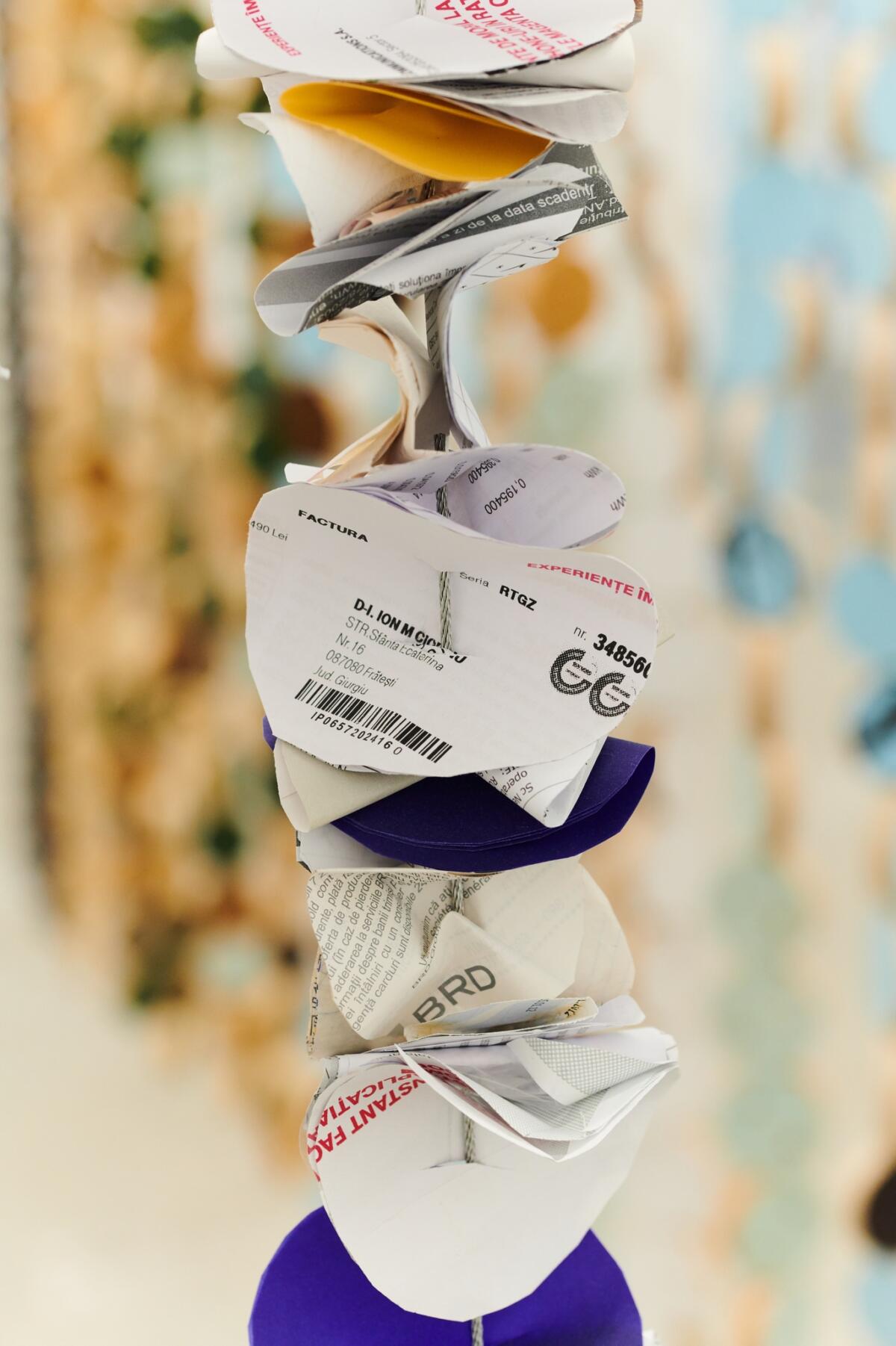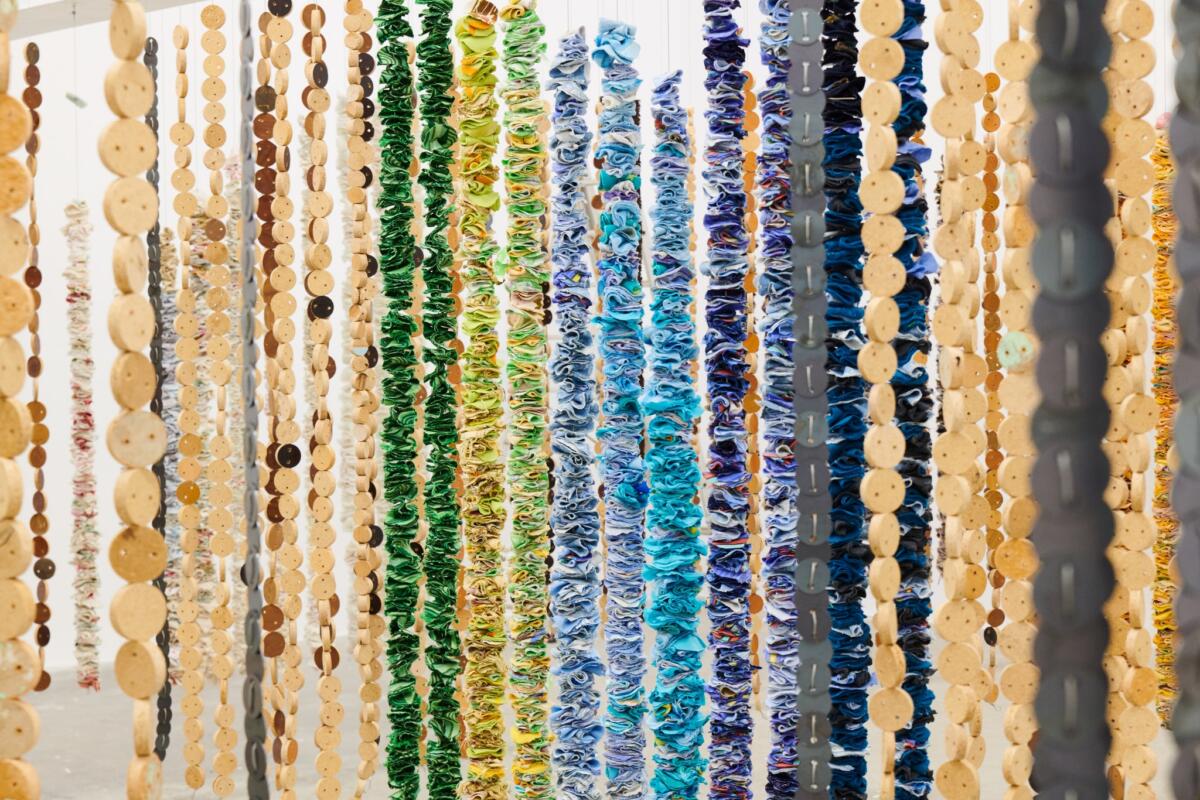
Anything can turn into a material for artists: pure light (James Turell), an expanse of desert (Michael Heizer), living with a coyote (Joseph Beyus) or with an immigrant family (Tania Bruguera), the human body (Ana Mendieta, Marina Abramovic, Geta Brătescu, Paul Neagu, etc.), the human voice (Susan Philipsz, Lina Lapelytė), data flows such as human DNA sequences or the structure of various particles (Ryoji Ikeda), as well as opressive economic, political or social/cultural systems denounced by activists such as Guerilla Girls, Mathieu Laurette, David Medalla, Pussy Riot, and Nan Goldin to name a few. But nothing is more concrete yet elusive than time. Time is intrinsic to matter and artistic practices alike; form unfolds and creation as a philosophy of process.
Ioana Maria Sisea’s exhibition Harvest Time at Kunsthalle Bega in Timisoara (Romania) is such a reflection on the information and memory of matter (organic and inorganic), a repository of traces of the human body and subjectivity in the world. For almost five years, the artist meticulously inventoried all the goods in her grandparents’ house, which she inherited after their death. She then transformed them, by hand and industrial processing, into discs and spheres of roughly equal dimensions that she strung on steel cables like strings of beads, or like fruits and vegetables hung up to dry – a traditional method of preserving food in the cold season between two harvests. In the exhibition, the strings suspended from the ceiling to the floor, accurately trace the plan of the house recreating its rooms and walls with a wealth of materials – glass, wood, paper, fabrics of all kinds and colours.
Inside, passing from one room to another feels like walking into a story or through a labyrinth: a tangle of signs and symbols, a space where the boundaries between the real and the represented are blurred and penetrable. The labyrinth is part of the cycle of time, of finding yourself back at the place you started, a figure of memory and imagination. Memory, like time, is unimaginable without actual dimensions; to imagine it as a physical place is to make it into a space in which its contents are located, and what has location can be visited and revisited, as an imperative for deepening the journey. Harvest time is Sisea’s memory palace and means neither resolution nor stasis, but continued awakening, remembering in order to forget and forgetting in order to remember. Or, quoting Thoreau: “The true harvest of life is somewhat as intangible and indescribable as the tints of morning or evening. It is a little stardust caught, a segment of the rainbow.”
This method of loci is completed by the video accompanying the installation, presented at the entrance (or exit), with the camera moving painstakingly from one room to another, recording object after object, but also absence after absence and a few points of residual presence, such as a comb left on a table or a kitchen cupboard’s door left open to reveal a collage of food labels on its back, like those created by most children back in communist Romania. We don’t know if these belonged to the artist and her brother, or rather to their parents when they grew up in the house, but the reference adds another layer of complexity to Sisea’s memory journey through the worlds offered to her – the world of her parents and grandparents, the world of dramatic social and cultural changes after the 90s, the world of current politics. Although the violence of this climate is obscured by the soft light and gentle movements of the camera, we can sense its lingering imprints on the artist’s psyche. We don’t know how happy or how sad she felt in this house, but what we see is the world she created as her own: the installation like a climate in which she can recreate herself when damaged by living. That, I believe, is the reason for every work of art.

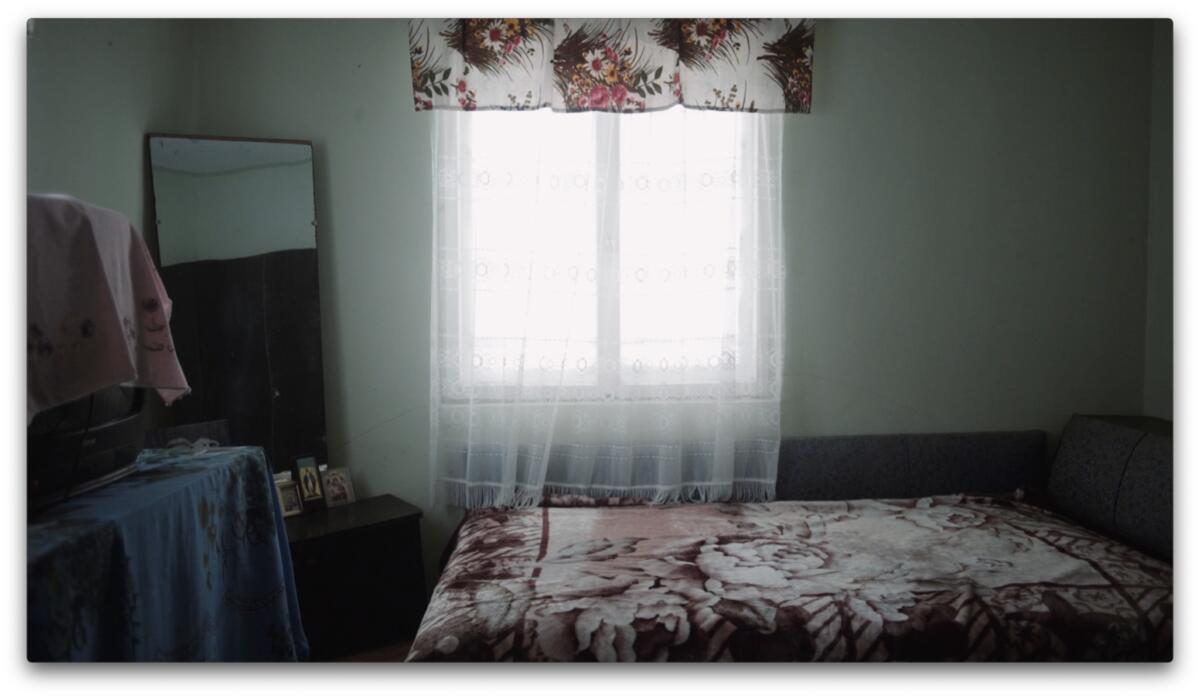
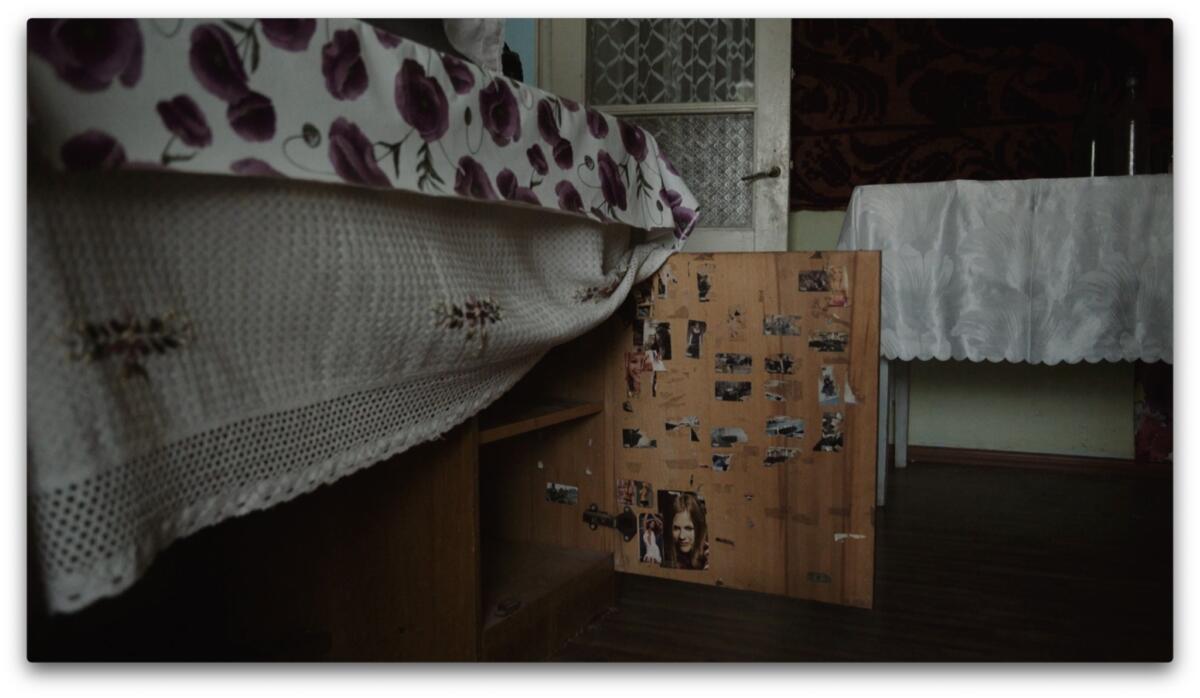

Or, as Richard Serra suggested as early as 1967, with his list of 84 verbs (Verblist) describing what you can do with material in different spaces and contexts (e.g. to chip, to roll, to wrinkle, fold, tie, cut, twist, tear, bend, rotate, suspend, etc.), the artist’s work is a series of “actions to relate to oneself, material, place, and process”, a commitment to the realisation of verbs in the cultural and socio-political space.
Harvest Time was curated by Anca Verona Mihuleț and Iris Ordean, and was open at Kunsthalle Bega until 18th December 2022.
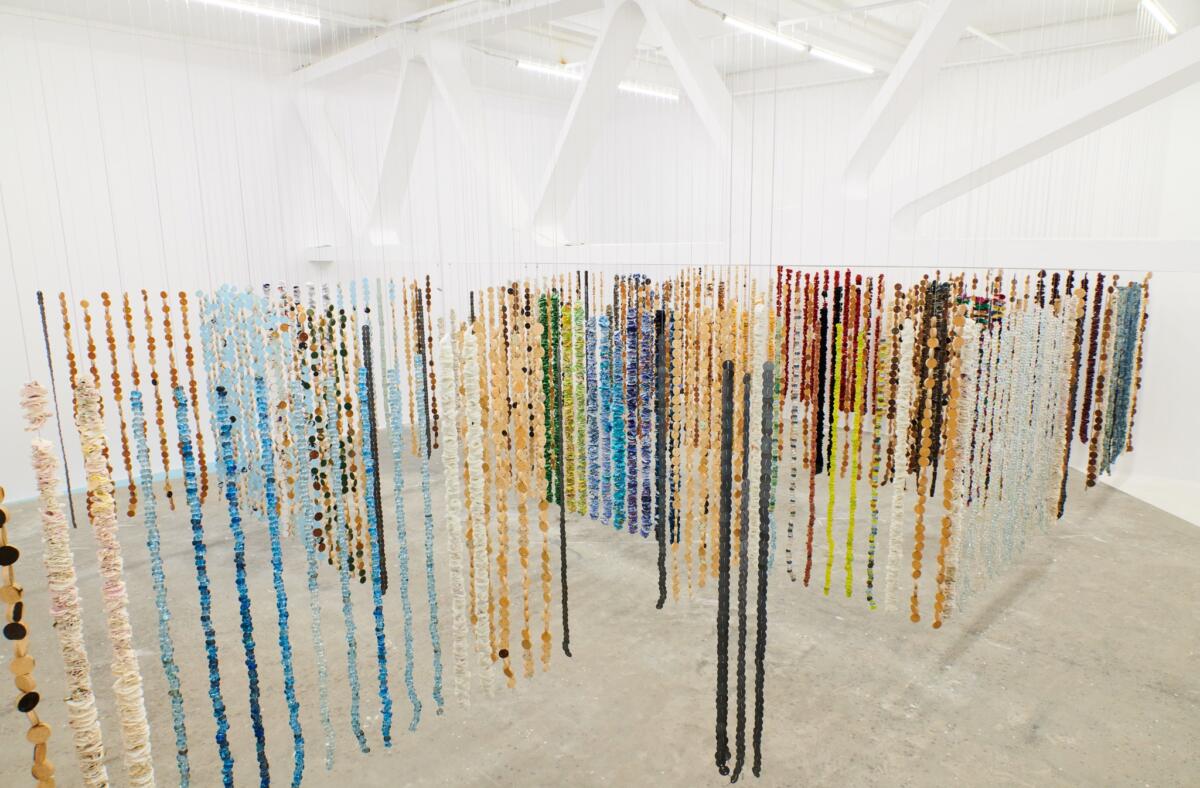

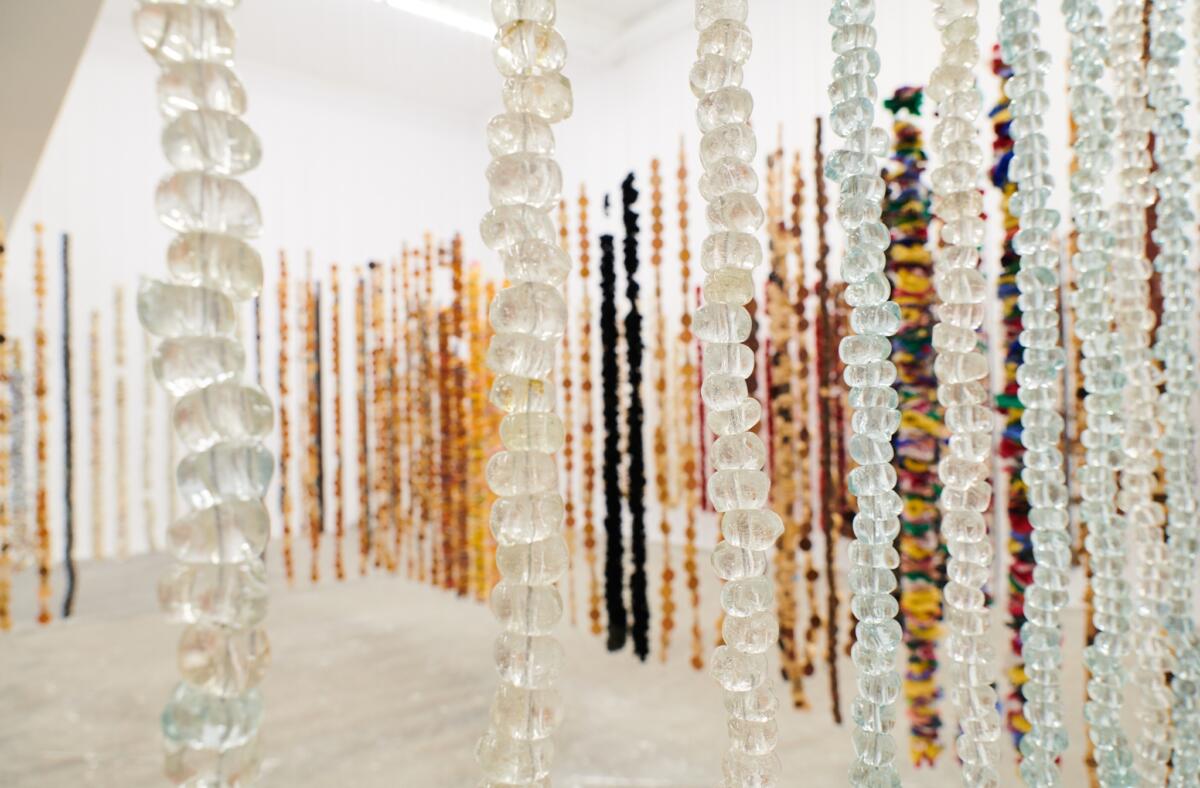
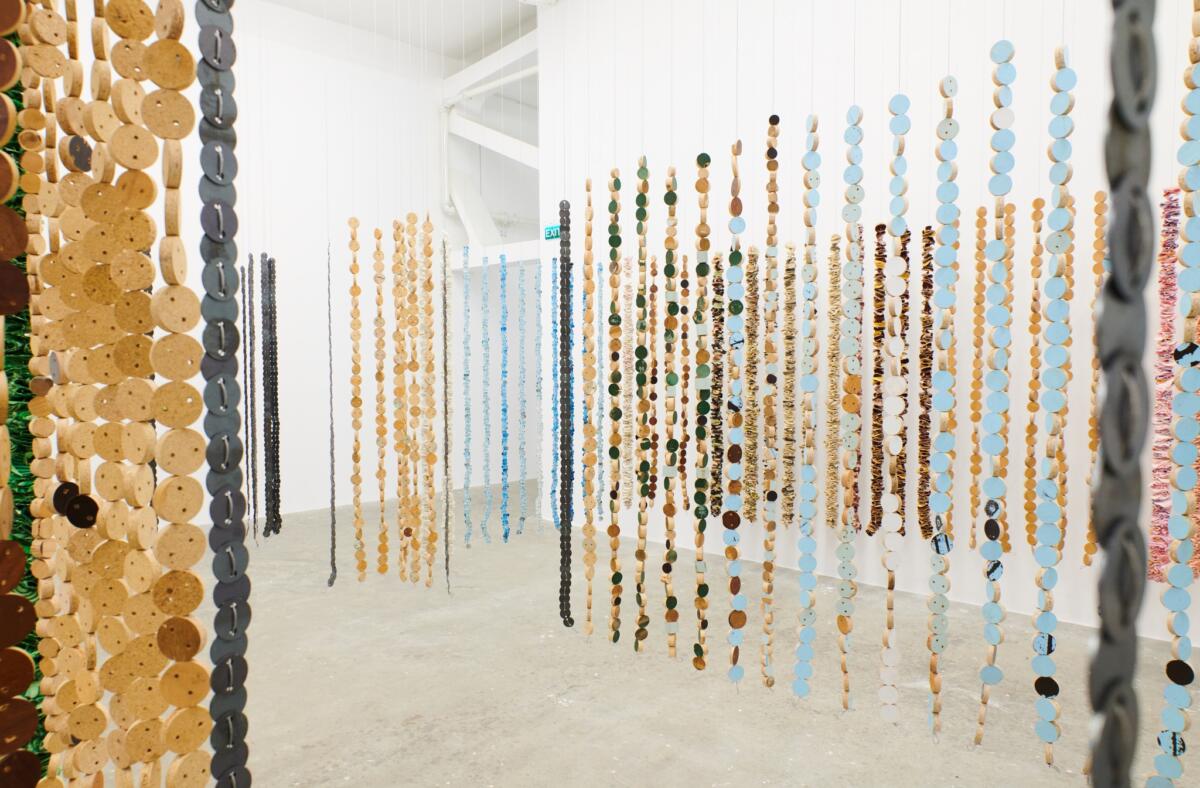
Imprint
| Artist | Ioana Maria Sisea |
| Exhibition | Harvest Time |
| Place / venue | Kunsthalle Bega |
| Dates | September 2 – December 18th, 2022 |
| Curated by | Anca Verona Mihuleț, Iris Ordean |
| Website | kunsthallebega.ro/en/ |
| Index | Anca Verona Mihuleț Ioana Maria Sisea Iris Ordean Kunsthalle Bega |

